Fariha Shaikh

Fariha Shaikh
Lecturer in Victorian Literature, University of Birmingham
I specialise in empire and literary studies in the nineteenth century, and the idea of ‘place’ is crucial to my monograph Nineteenth-Century Settler Emigration in British Literature and Art (Edinburgh University Press, 2018). In it, I examine the relationship between place and mobility: as an increasing number of people moved away from Britain to the colonies in Canada, Australia and New Zealand, literature became one of the ways through which they sought to articulate a sense of place or home. Yet, the diaries, letters and novels that they wrote, and the periodicals they produced were not tethered to any one place, but instead circulated through the empire, gaining wide readerships not only in Britain, but in the colonies too. Nineteenth-Century Settler Emigration seeks to understand the ways in which these different genres construct an affect of place and a sense of belonging, but also the ways in which place travels through these mobile texts. The interconnected questions of texts, mobility and place, of course, play out in a number of different ways across the nineteenth-century British empire, and I am also interested in the ways in which imperial environments are variously constructed in genres as diverse as autobiography and memoir, travel writing, and adventure fiction.

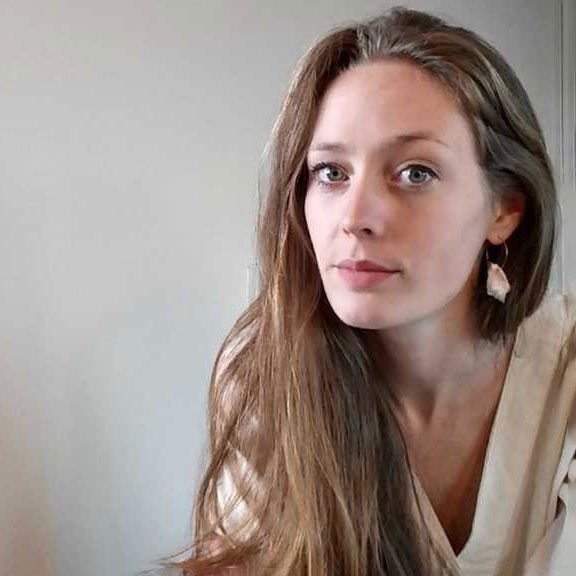


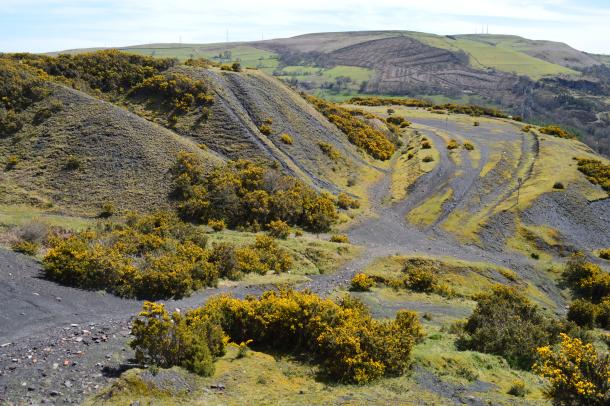





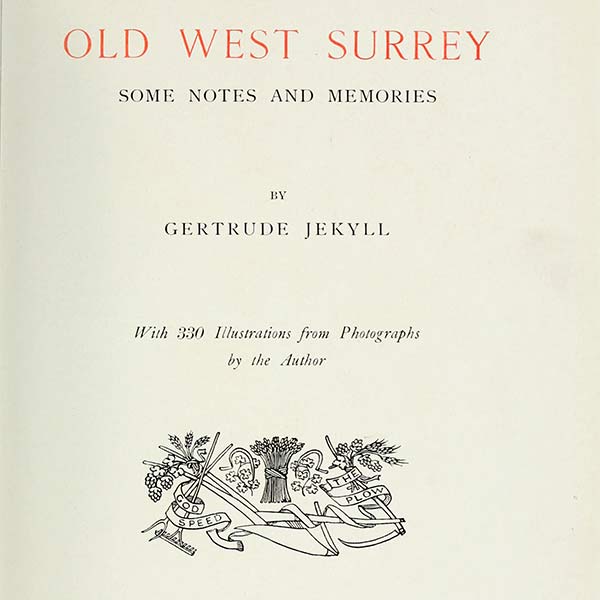
 Unlike Gertrude Jekyll’s numerous other “garden books”, which are predominately dedicated to the planning and maintenance of a garden over the year, Old West Surrey was intended to memorialise the elements of rural working-class life that she saw rapidly disappearing from her beloved late nineteenth-century stomping-grounds. Roving from the architectural features of specific properties to characters remembered from childhood church sermons, fragments of dialect, dress, custom, and house ornament; and peppered with her own photographs and illustrations, Jekyll’s text is devoted to recording her impressions of local culture, used to promote her own Arts and Crafts sensitivity to place. This work is an important example of the twentieth-century reclamation of the distinctiveness of local village life, and Jekyll’s prime concern is the countryside included in her personal definition of Old West Surrey.
Unlike Gertrude Jekyll’s numerous other “garden books”, which are predominately dedicated to the planning and maintenance of a garden over the year, Old West Surrey was intended to memorialise the elements of rural working-class life that she saw rapidly disappearing from her beloved late nineteenth-century stomping-grounds. Roving from the architectural features of specific properties to characters remembered from childhood church sermons, fragments of dialect, dress, custom, and house ornament; and peppered with her own photographs and illustrations, Jekyll’s text is devoted to recording her impressions of local culture, used to promote her own Arts and Crafts sensitivity to place. This work is an important example of the twentieth-century reclamation of the distinctiveness of local village life, and Jekyll’s prime concern is the countryside included in her personal definition of Old West Surrey.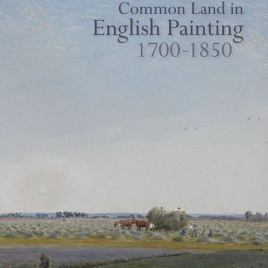
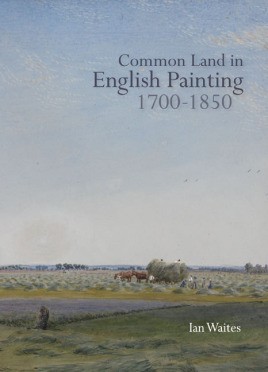 Examining how artists such as Peter DeWint and John Constable depicted common land during the eighteenth and nineteenth centuries, Waites sketches a picture of a little-known, unenclosed landscape from England’s past. While enclosures had been impacting the countryside since the fifteenth century, this book charts a period of fast-paced parliamentary enclosure activity in the eighteenth and nineteenth centuries which transformed many remaining common field systems. Waites examines cultural artistic developments, such as the Picturesque, Naturalism and rural nostalgia, alongside socioeconomic debates surrounding parliamentary enclosures, including ideologies of improvement and the independence of the commoner. Studying the landscape art, literature and contemporary commentary of the period c.1700-1850, this book makes a strong case for the importance of common land in English landscape painting, wider culture and history.
Examining how artists such as Peter DeWint and John Constable depicted common land during the eighteenth and nineteenth centuries, Waites sketches a picture of a little-known, unenclosed landscape from England’s past. While enclosures had been impacting the countryside since the fifteenth century, this book charts a period of fast-paced parliamentary enclosure activity in the eighteenth and nineteenth centuries which transformed many remaining common field systems. Waites examines cultural artistic developments, such as the Picturesque, Naturalism and rural nostalgia, alongside socioeconomic debates surrounding parliamentary enclosures, including ideologies of improvement and the independence of the commoner. Studying the landscape art, literature and contemporary commentary of the period c.1700-1850, this book makes a strong case for the importance of common land in English landscape painting, wider culture and history.

 From the cliffs of Dover to the industrial city of Manchester, Readman highlights the significance of connections between landscape and heritage in the construction of a modern, popular form of English national identity. This work explores how landscapes are ‘storied’ with countless human histories and memories bound up with place. Through the history, literature and art of the late eighteenth to the early twentieth centuries, Storied Ground traces a varied and widespread engagement with landscapes in English culture. Expanding a marginal, conservative and anti-modern understanding of rural Englishness, Readman demonstrates how a ‘topography’ of English national identity accommodated industrial landscapes and diverse political perspectives in a rapidly urbanising and democratising modern Britain.
From the cliffs of Dover to the industrial city of Manchester, Readman highlights the significance of connections between landscape and heritage in the construction of a modern, popular form of English national identity. This work explores how landscapes are ‘storied’ with countless human histories and memories bound up with place. Through the history, literature and art of the late eighteenth to the early twentieth centuries, Storied Ground traces a varied and widespread engagement with landscapes in English culture. Expanding a marginal, conservative and anti-modern understanding of rural Englishness, Readman demonstrates how a ‘topography’ of English national identity accommodated industrial landscapes and diverse political perspectives in a rapidly urbanising and democratising modern Britain.